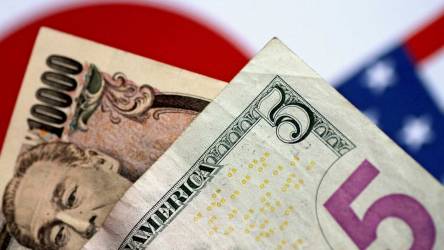The Japanese yen strengthened slightly on Tuesday against other major currencies after Nikkei reported that the Bank of Japan is considering raising its inflation forecasts in January to show price growth close to its 2% target in fiscal 2023 and 2024. “The proposed changes would show the core consumer price index rising around 3% in fiscal 2022, between 1.6% and 2% in fiscal 2023, and nearly 2% in fiscal 2024,” added the news. The previous forecasts released in October were around 2.9%, 1.6% and 1.6%, respectively. Yen weakened significantly in 2022, the currency has recovered about half of those losses as Japanese authorities intervened in the FX market in Q4 of 2022, while the BOJ unexpectedly raised the upper limit of its tolerance band on 10-year government bonds to 0.5% from 0.25% in December. These actions coupled with fresh news from Nikkei prompted speculations that the BOJ may soon abandon negative interest rates, which supports JPY. From a technical point of view, the USDJPY pair is testing local support at 130.60, which is marked with previous price reactions. Should break lower occur, downward move may deepen towards next support at 127.50 where lows from May 2022 and 50.0% Fibonacci retracement of the upward move launched in January 2021 can be found. On the other hand, if buyers manage to halt declines, then another upward impulse may be launched towards resistance at 133.00, which coincides with upper limit of the local descending channel and 38.2% retracement.

USDJPY, D1 interval. Source: xStation5
3 markets to watch next week (05.12.2025)
BREAKING: Lower Unemployment in Canada🍁USDCAD sharply declines📉
BREAKING: Euro-zone GDP slightly above expectations!📈 EURUSD remains stable
BREAKING: Germany industrial orders for October higher than expected; EURUSD gains 📌


